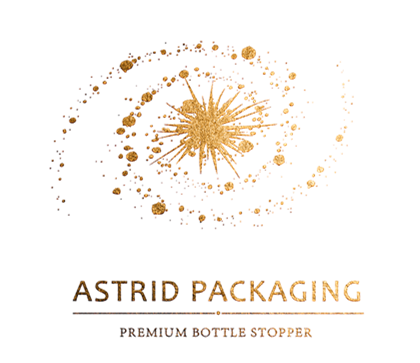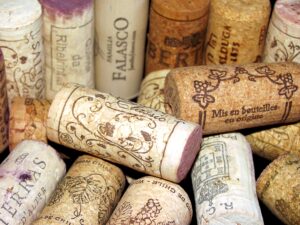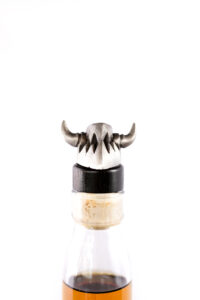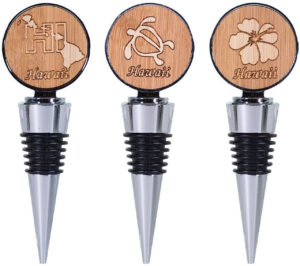There are many different ways to seal a Champagne bottle, but not all stoppers are created equal. Learn the pros and cons of each in this article, as well as some tips for buying the best stopper for your needs!
What is a Stopper for Champagne Bottle?
A stopper is a small, usually metal, device that is inserted into the neck of a champagne bottle to keep the contents from spilling out. It is important to use a stopper when serving champagne, as the carbonation in the wine can cause it to fizz and froth over if left unchecked. There are many different types of stoppers available on the market, but not all of them are created equal.
When choosing a stopper for champagne bottle, it is important to select one that will create an airtight seal. This will ensure that the champagne stays fresh and bubbly for longer. There are stoppers made from a variety of materials, including plastic, metal, and rubber. Each material has its own advantages and disadvantages, so it is important to select the one that best suits your needs.
If you are looking for a durable stopper that will create a tight seal, metal is the way to go. Metal stoppers are often made from stainless steel or aluminum, and they are designed to last. However, they can be more difficult to remove from the bottle than other types of stoppers.
Types of Stopper for Champagne Bottle
Different types of stoppers can be used to close a champagne bottle. The most common type is the cork, which is made from the bark of a tree. Champagne corks are typically longer and thinner than wine corks.
Other types of stoppers include the screw cap, which is made of metal or plastic, and the synthetic cork, which is made of rubber or plastic. Each type of stopper has its own advantages and disadvantages.
Corks are the most traditional type of stopper and are still widely used today. They provide a tight seal that keeps the champagne fresh and bubbly. However, if not inserted correctly, they can come out of the bottle and cause a mess.
Screw caps provide a more secure seal than corks and are less likely to come out of the bottle. They are easy to use and require no special tools. However, some people believe that screw caps affect the taste of champagne.
Synthetic corks are becoming increasingly popular as they provide a tight seal and are easy to use. However, they are not as aesthetically pleasing as natural corks.


Pros and Cons of Different Stoppers
When it comes to choosing the best stopper for a champagne bottle, there are a few things to consider. Here are some of the pros and cons of different types of stoppers:
Cork: Cork is the traditional stopper for champagne bottles and is still widely used today. Pros: cork is a natural material that is environmentally friendly, it forms a tight seal that keeps champagne fresh, and it is easy to remove. Cons: cork can be tricky to insert and remove, and if not done correctly, can spoil the champagne.
Screw cap: Screw caps are becoming increasingly popular as an alternative to cork. Pros: screw caps are easy to use, provide a good seal, and are less likely to spoil the champagne. Cons: some people feel that screw caps don’t provide the same “pop” when opening a bottle of champagne, and they can be difficult to remove once the bottle is empty.
Plastic stopper: Plastic stoppers are sometimes used for sparkling wine or prosecco, but not typically for champagne. Pros: plastic stoppers are very easy to use and provide an airtight seal. Cons: plastic stoppers can affect the taste of the champagne and may not be as aesthetically pleasing as other options.

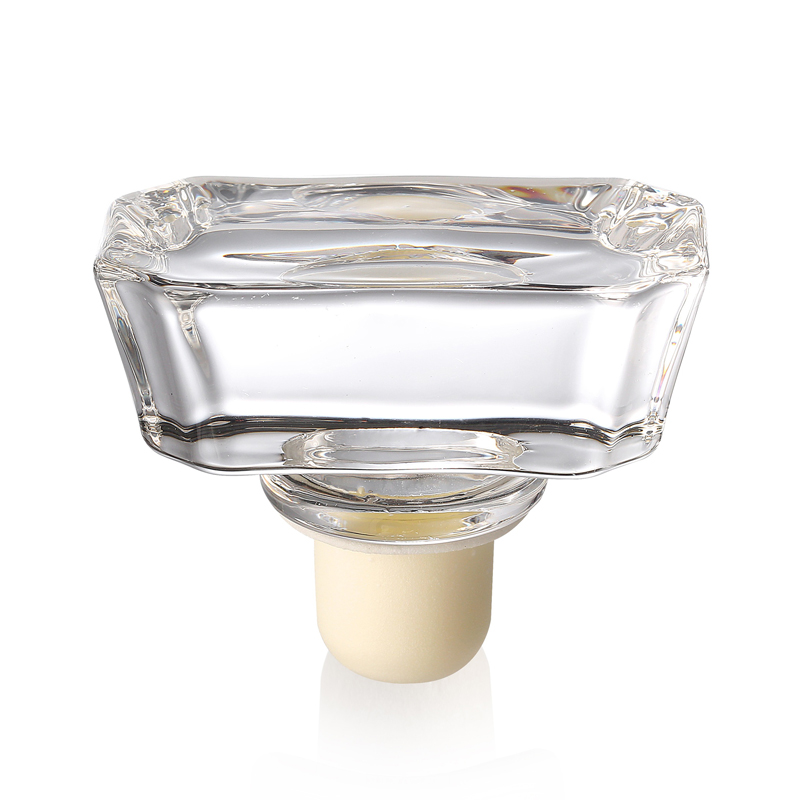
Tips of Stopper for Champagne Bottle
Here are a few tips for using a stopper for champagne bottle:
Make sure the stopper is clean before using it.
Insert the stopper gently to avoid damaging the cork or screwing it on too tightly.
Remove the stopper slowly and carefully to avoid spillage.
If you are using a screw cap, make sure to unscrew it slowly and evenly.
Conclusión
A champagne stopper is a must-have accessory for anyone who enjoys bubbly wine. There are a variety of different types of stoppers available, each with its own set of pros and cons. The best stopper for you will depend on your personal preferences and needs.
Preguntas más frecuentes
How do you seal a champagne bottle without a stopper?
This is the trick: All you have to do is dangle a spoon, bowl side up, handle hanging down, in the top of the open sparkling wine bottle and leave it in the fridge. Seriously. That’s it! No other closures, no nothing, just a dangling spoon.

